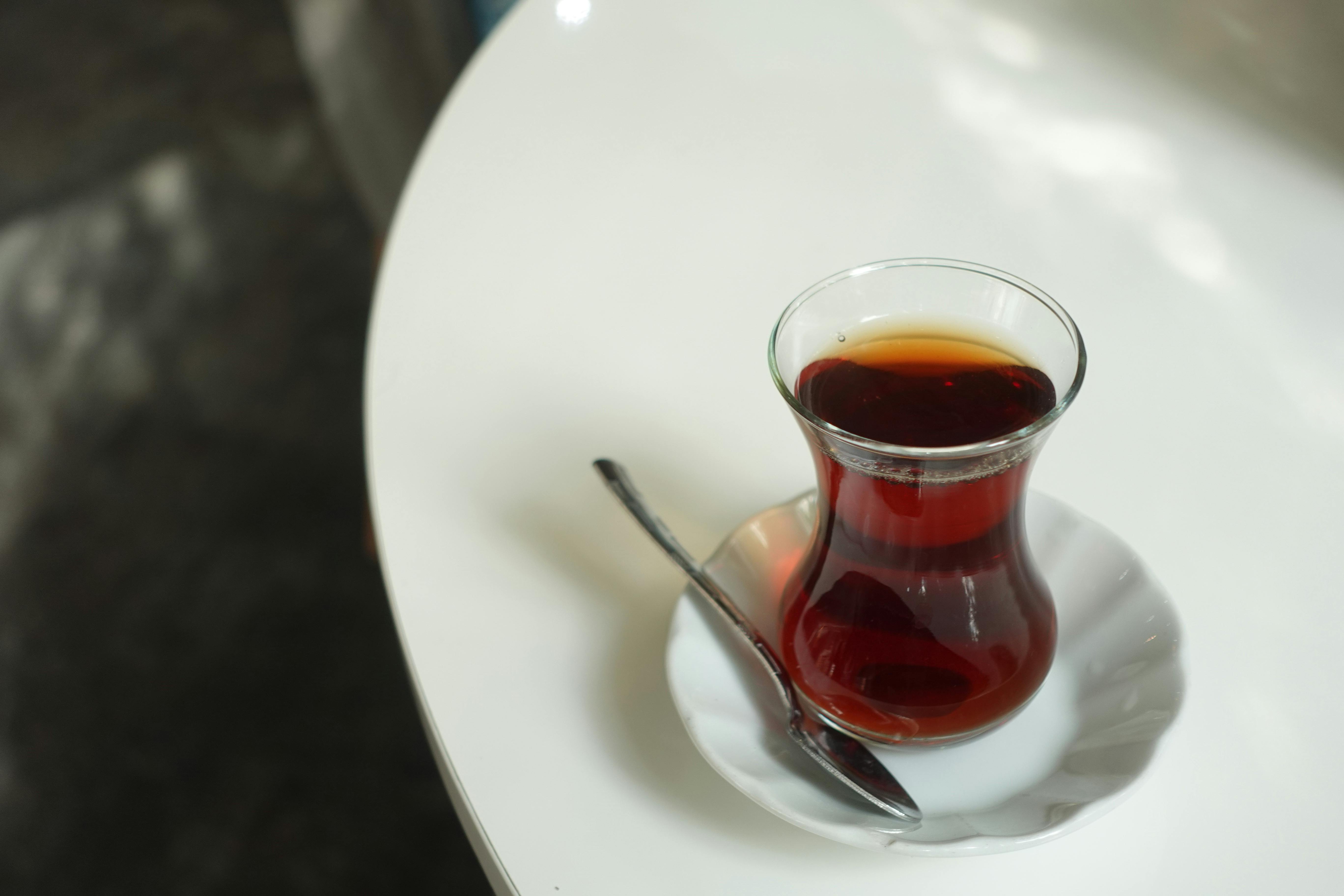Fractional distillation is a process that is used to separate mixtures of liquids with different boiling points. It is much more effective than simple distillation due to its ability to separate components of a mixture that have very similar boiling points. Fractional distillation allows the mixture to be separated into fractions of pure components. This process also allows for more precise control over the individual components of the mixture. Additionally, fractional distillation often requires less energy than simple distillation and produces higher yields of the desired product.Fractional distillation is a process of separating chemical components (or fractions) from a mixture, based on differences in their boiling points. In a fractional distillation setup, the mixture is heated to its boiling point and the vapors are directed into a fractionating column. As the vapors rise through the column, they cool and condense at different points, based on their boiling points. The condensed fractions are then collected separately at the end of the process.
What Is Simple Distillation?
Simple distillation is a method of separating liquid mixtures based on the different boiling points of their components. It is commonly used in chemistry and other related fields for the purpose of purifying or separating a mixture into its individual components. This process usually involves heating the mixture until it boils, and then condensing the vapor produced into a separate container. The vapors are then cooled, allowing them to condense back into liquid form. The resulting liquid contains only one component of the original mixture, while the rest is left behind in the original container. This process can be repeated multiple times until all desired components are separated from each other. Simple distillation can also be used to separate two liquids with very similar boiling points, such as ethanol and methanol. In this case, a fractional distillation process may be used instead to achieve better separation results.
Advantages of Fractional Distillation
Fractional distillation is a process used to separate a mixture of liquids with different boiling points. This process has several advantages over other separation processes such as simple distillation. Fractional distillation is more effective and efficient than simple distillation due to its use of fractionation columns. These columns allow for the increased surface area which facilitates more efficient heat transfer and better separation of the components. Furthermore, this method requires less energy than other methods as the temperatures can be lower, resulting in reduced costs. Additionally, fractional distillation also produces higher purity levels in the separated components compared to simple distillation, making it an ideal choice for many applications such as fuel production and purification of organic compounds. Finally, fractional distillation can also be used to separate components that cannot be separated by other methods due to their similar boiling points.
Overall, fractional distillation is an ideal choice for separating mixtures due to its effectiveness, efficiency, cost savings, and high purity results. It can be used for a wide variety of applications and can provide solutions that are not possible with other methods of separation.
Advantages of Simple Distillation
Simple distillation is a relatively inexpensive and uncomplicated process that can be used to separate and purify liquids. It is an effective method for separating liquids that have different boiling points, as the process can effectively separate the components without the need for complex equipment. Additionally, the required apparatus and materials are relatively easy to source and set up, making it an ideal choice for those with limited resources. Furthermore, simple distillation can be performed on a small scale, allowing for greater control over the process and resulting product.
Disadvantages of Simple Distillation
The biggest disadvantage of simple distillation is that it is only suitable for separating liquids with very different boiling points. If the difference between the boiling points of two components is too small, then simple distillation will not produce a pure product. Additionally, if more than two components need to be separated from each other then this process will not be suitable. Finally, due to its simplicity, simple distillation does not typically achieve very high levels of purity in the resulting product.
How Fractional Distillation Works
Fractional distillation is a technique used to separate liquids by boiling point. It is a process in which different components of a liquid mixture are vaporized and then condensed back into liquid form at different temperatures. This method of separation relies on the fact that different components have different boiling points. The basic principle of fractional distillation is to heat the mixture until all the components have vaporized, and then cool it so that the vapor condenses back into liquid form. As the temperature changes, each component will condense at its own particular temperature, allowing them to be separated.
The process begins with preheating the mixture until all components are vaporized. The vapor is then directed through a fractionating column which contains many trays or bubble caps that help separate the vapors from each other based on their boiling points. As the vapors rise up through this column, they are cooled by condensers located at various heights along it. Each tray or bubble cap contains small holes that allow the vapors to escape through them and condense back into liquid form at various temperatures along the way. This allows each component to be collected separately based

Components of Fractional Distillation Columns
Fractional distillation columns are essential components in the oil and gas industry, as they are used to separate different petroleum products from a mixture. The basic components of a fractional distillation column include the reboiler, condenser, trays or packing materials, and the liquid-vapor separator. All these components work together in order to produce different fractions of hydrocarbons.
The reboiler is responsible for maintaining the temperature of the fractionating column. It usually consists of a heat exchanger that transfers heat from a steam supply to the bottom of the fractionating column. This helps to vaporize hydrocarbon molecules in order to produce different fractions.
The condenser is located at the top of the fractionating column and is responsible for cooling vapors from the top part of the column back into liquid form. This helps with separating out different fractions from the mixture being distilled.
Trays or packing materials are located inside the fractionating column and are responsible for providing an area where vapor-liquid contact can take place. The trays
Limitations of Simple Distillation
Simple distillation is a widely used method for separating mixtures of liquids. However, it has some drawbacks that limit its effectiveness. One major limitation of simple distillation is its inability to separate liquids with similar boiling points. If the boiling points of the two liquids in the mixture are close enough, they will evaporate at the same time and condense together again, resulting in a mixture of both liquids in the distillate. This is known as azeotropic distillation and requires specialized techniques to separate the components.
Another limitation of simple distillation is its low efficiency. The process can take a long time to separate a mixture because only one vaporization and condensation cycle can occur at any given time. This means that it may take several cycles to separate all of the components in the mixture, resulting in an inefficient process that produces relatively low yields of product.
Finally, simple distillation has difficulty separating liquids that contain solids or other impurities. These impurities can contaminate the distillate and reduce its purity, making it unsuitable for many applications. In addition,
How to Choose the Right Method for Separating Mixtures
Separating mixtures is a process of dividing them into their individual components. Different methods are used to separate different types of mixtures based on their properties. Before deciding on a method, it’s important to understand the physical and chemical properties of the substances in the mixture. This will help you determine which technique is best suited for separating them.
The most common methods for separating mixtures include filtration, distillation, and chromatography. Filtration is used to separate solids from liquids or gases. Distillation is used to separate liquids from solids or gases by boiling them and then condensing the vapors. Chromatography separates substances based on their ability to move through a medium such as paper or liquid while being absorbed by it.
In addition, there are other techniques that can be used for separating mixtures such as crystallization, centrifugation, and extraction. Crystallization separates substances by cooling and allowing them to form crystals that can be collected and separated from each other. Centrifugation uses a spinning motion to

Conclusion
Fractional distillation is a more efficient way of separating mixtures than simple distillation. It involves repeated vaporization and condensation of the mixture, which allows for better separation of components due to the increased surface area. The extended contact between the vapor and condensate phases also increases the rate at which components can be separated. Fractional distillation can also be used to separate components with similar boiling points, while simple distillation is limited in this regard. All of these benefits make fractional distillation a much more effective option for separating mixtures, making it the preferred method for many applications.
Overall, fractional distillation is a much better option than simple distillation for separating mixtures. It provides several distinct advantages over simple distillation, including increased efficiency, better separation of components and the ability to separate components with similar boiling points. For these reasons, fractional distillation is often the preferred method when it comes to separating mixtures.

